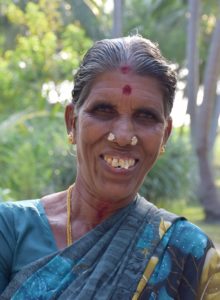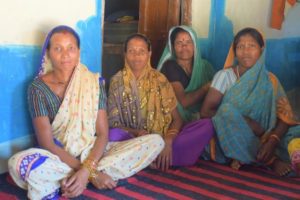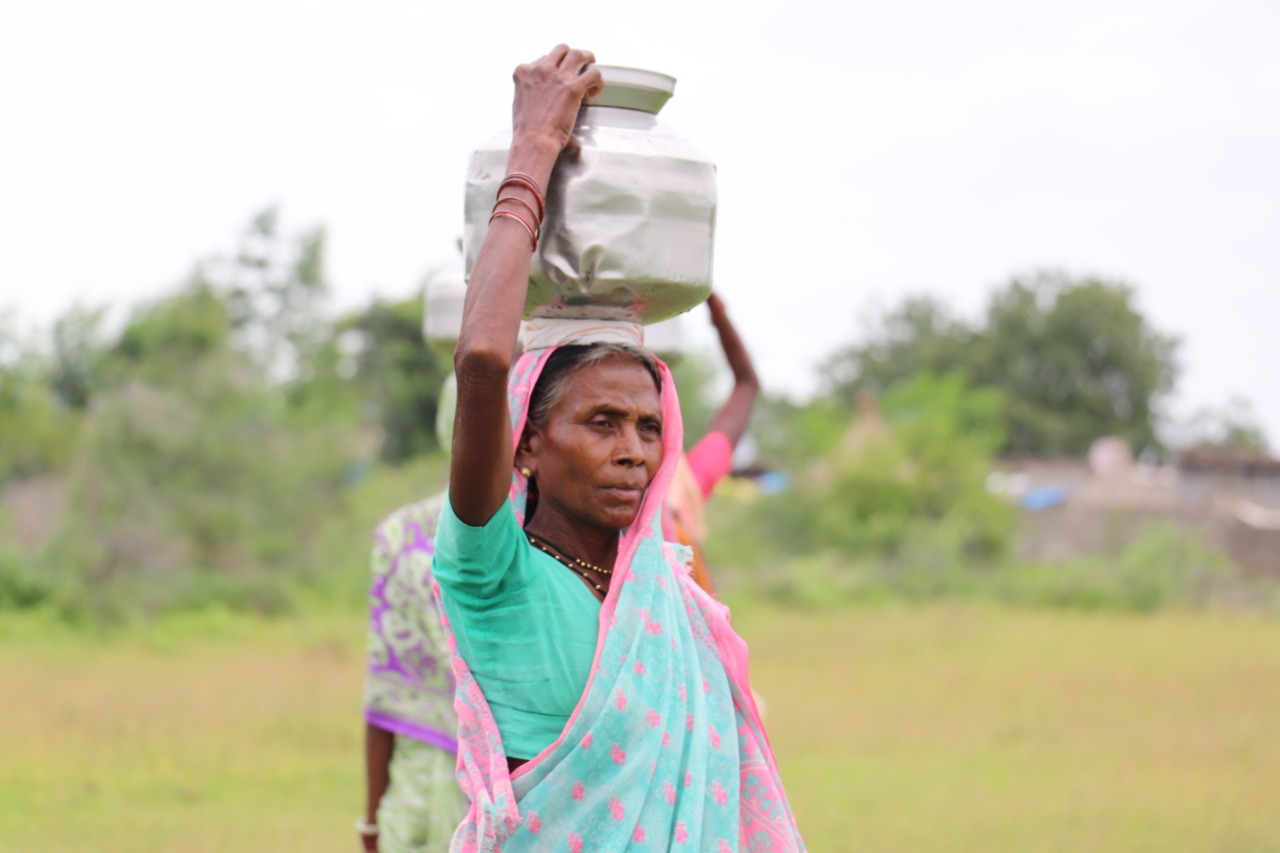- home

- Publication & Resources

- Blog
- The World is changing, And so are Women in India’s hinterland

The World is changing, And so are Women in India’s hinterland
The deep-rooted poverty in our social constructs hits the rural women and women-headed families the hardest. Lack of employment opportunities and pay disparity becomes a hindrance for them to achieve financial stability and a healthy life, and this leads to a situation where they have a very little say in the decision-making.
According to National Family Health Survey-3 (2005-06), in rural sector only 26% of decisions are taken by married women regarding obtaining healthcare for themselves. The survey suggests that almost 36% of women in India are undernourished with a Body Mass Index (BMI) less than 18.5, indicating a high prevalence of nutritional deficiency. More than half of women (55 per cent) of women in India are anaemic. The prevalence of anaemia in children age-6-59 months increases steadily with the mother’s level of anaemic.
 But what most tend to forget is that poverty mostly affects women in the rural villages where the burden to take care of all the needs of her household falls on her. Women and their children, specially a girl child, are often the ones who suffer due to the trickling effects of poverty.
But what most tend to forget is that poverty mostly affects women in the rural villages where the burden to take care of all the needs of her household falls on her. Women and their children, specially a girl child, are often the ones who suffer due to the trickling effects of poverty.
As reported widely through media or other publications, there still exists a tendency to suppress a girl’s voice since her birth – suppression of which leads to poor health, irregular education, more focus on household and labour works, and no financial independence.
Women belonging to poorest household are less likely to have a well-balanced and healthy diet. A mother’s diet directly affects her child’s mental and physical growth, which if not taken proper care on time might lead to medical complexities later in life.
Studies and reports by the government have found that a mother’s education and household wealth affects the health of her children. With only 64 per cent females literates, the main reason of women never attending schools are ‘expensive cost of education’, ‘not interested in studies’, education is not considered necessary’, and ‘required for household work’ – the Census 2011 has found out.

Lesser participation in decision making affects a woman growth at all levels. In rural sector, the workforce participation rate for females at the national level stands at 30 per cent as compared to men at 53 per cent.
The gender disparity is most visible among female-headed households, notably lone mothers and single pensioners. A large number of women in India are engaged in agricultural labour.
At a time when income stability is on the minds of the women workforce, most women complain of unequal wages and unfavourable treatment. Lack of medical and financial attention leaves them with no choice but to succumb to the wage disparity pressure.
Well-known London-based economist Stephen Jenkins suggests the concept of ‘feminist poverty’ which she describes as an ‘individual right to a minimum degree of potential economic independence’.
Written and drafted by: CASA Communications Team
Featured Post

International Women’s Day -2021
8 Mar 2021
International Women’s Day -2021 is very special for CASA. It’s a delight to announce, CASA with the support of the Church of Sweden has launched an exclusive Gender Desk to emphasise the importance of Gender Justice work. CASA has been working for Gender Justice all throughout and across our constituencies in all these years. Gender Desk comes to add vigour […]

Overcoming Gender and Poverty Barriers
Poverty has been an inevitable problem in India since the beginning of time. The increasing problems of poverty caused by overpopulation and the unequal distribution of wealth among the people have led to a huge impact on the life of millions in the rural as well as the urban area. A person has to acquire […]

Impact of Climate Change on Women
16 Jan 2021
Climate change is a prevailing problem globally whose hazardous repercussions extend beyond the environment. Shrinking glaciers, extinction of plants and animal species, mutation, rise in the Earth’s average temperature and triggered seasonal fluctuations, are some of the impacts of climate change that have already grabbed the headline. Certain early predictions pertaining to climate changes had […]



 Previous Blog Post
Previous Blog Post 
